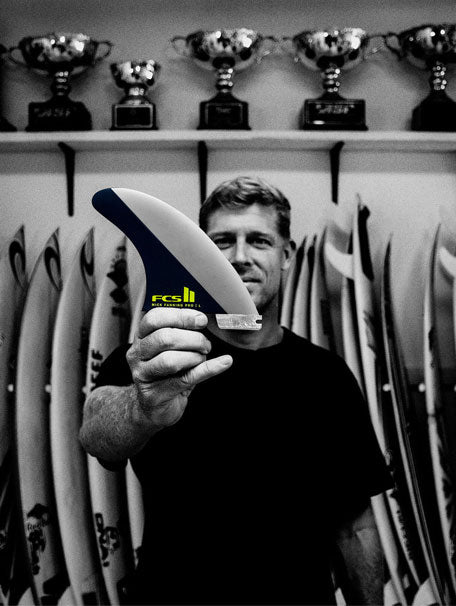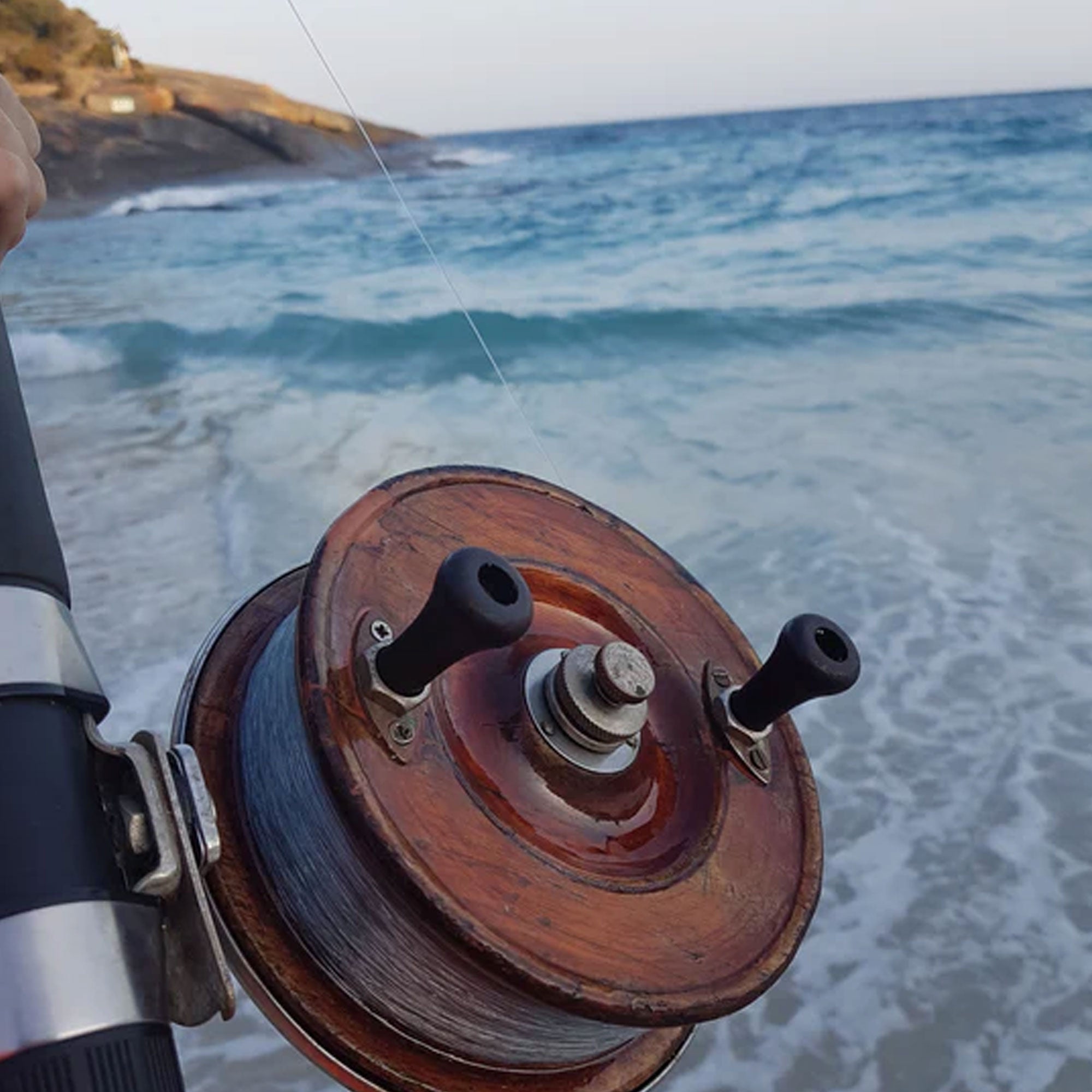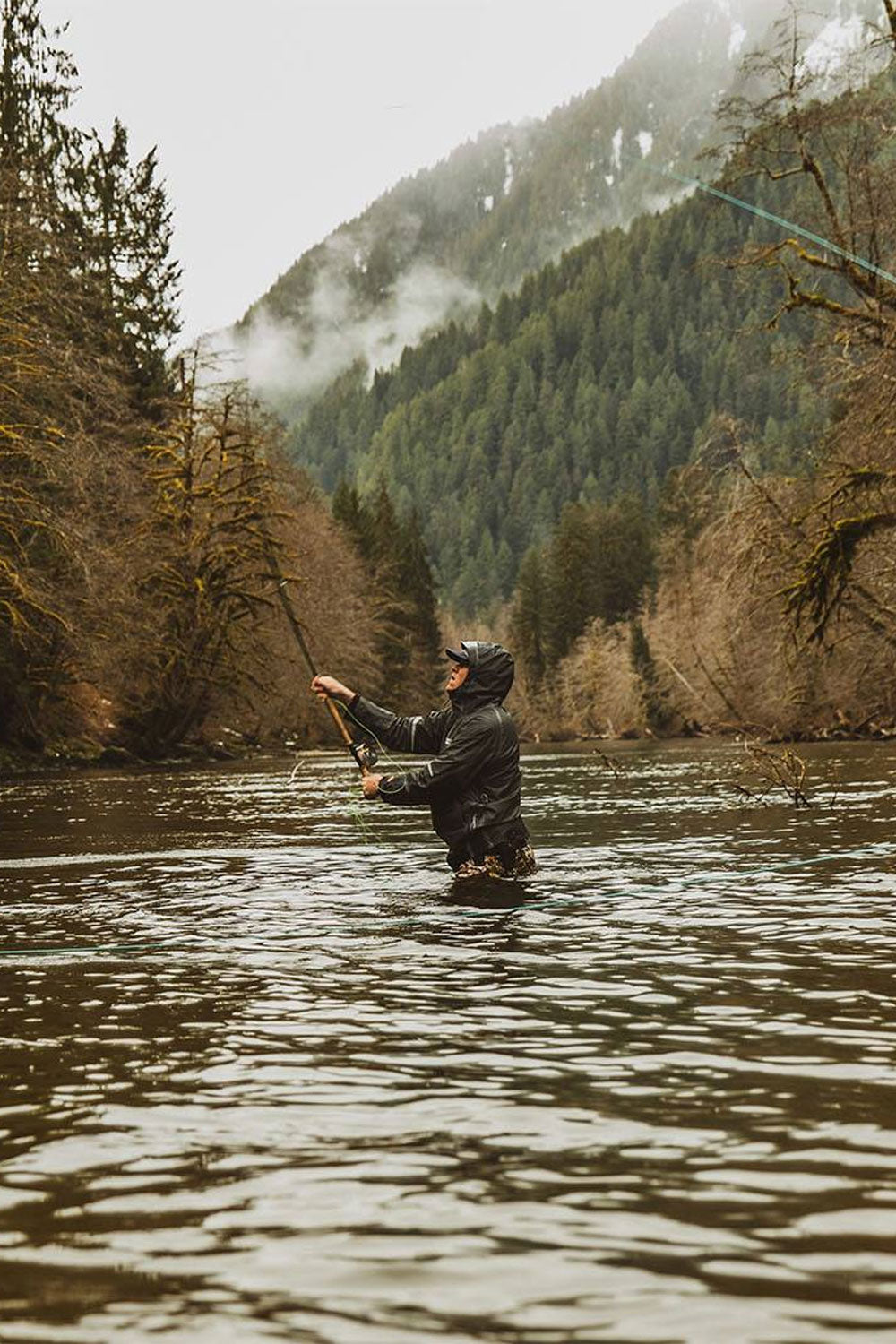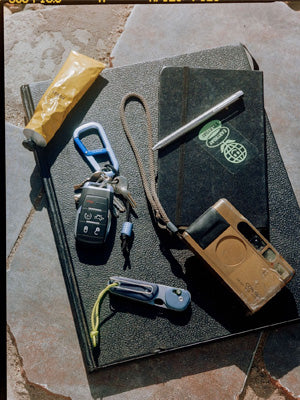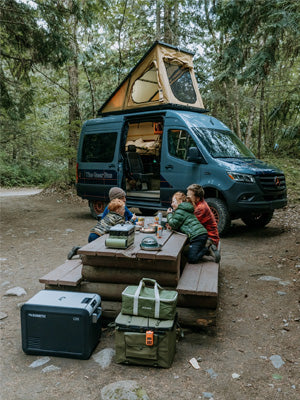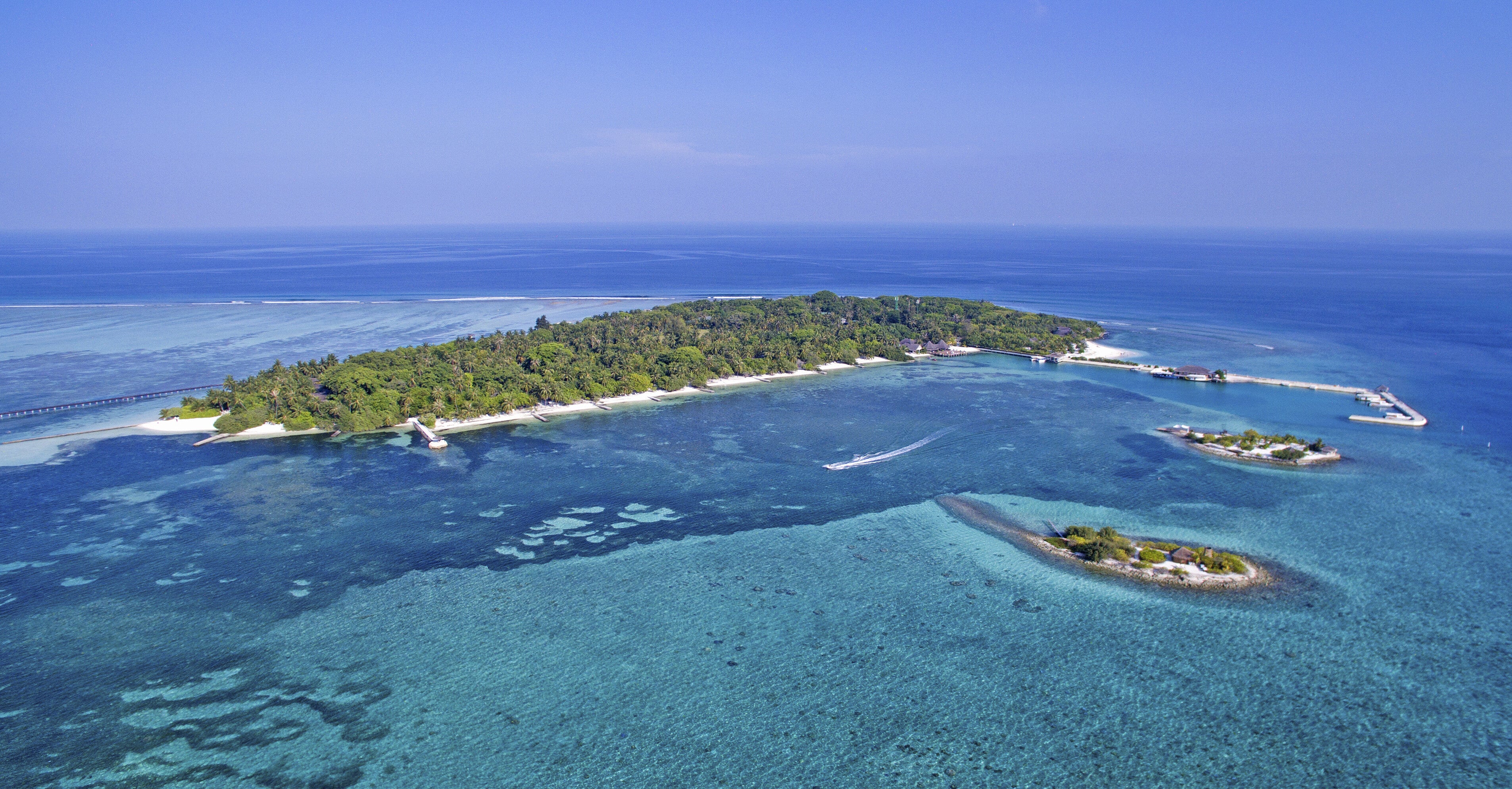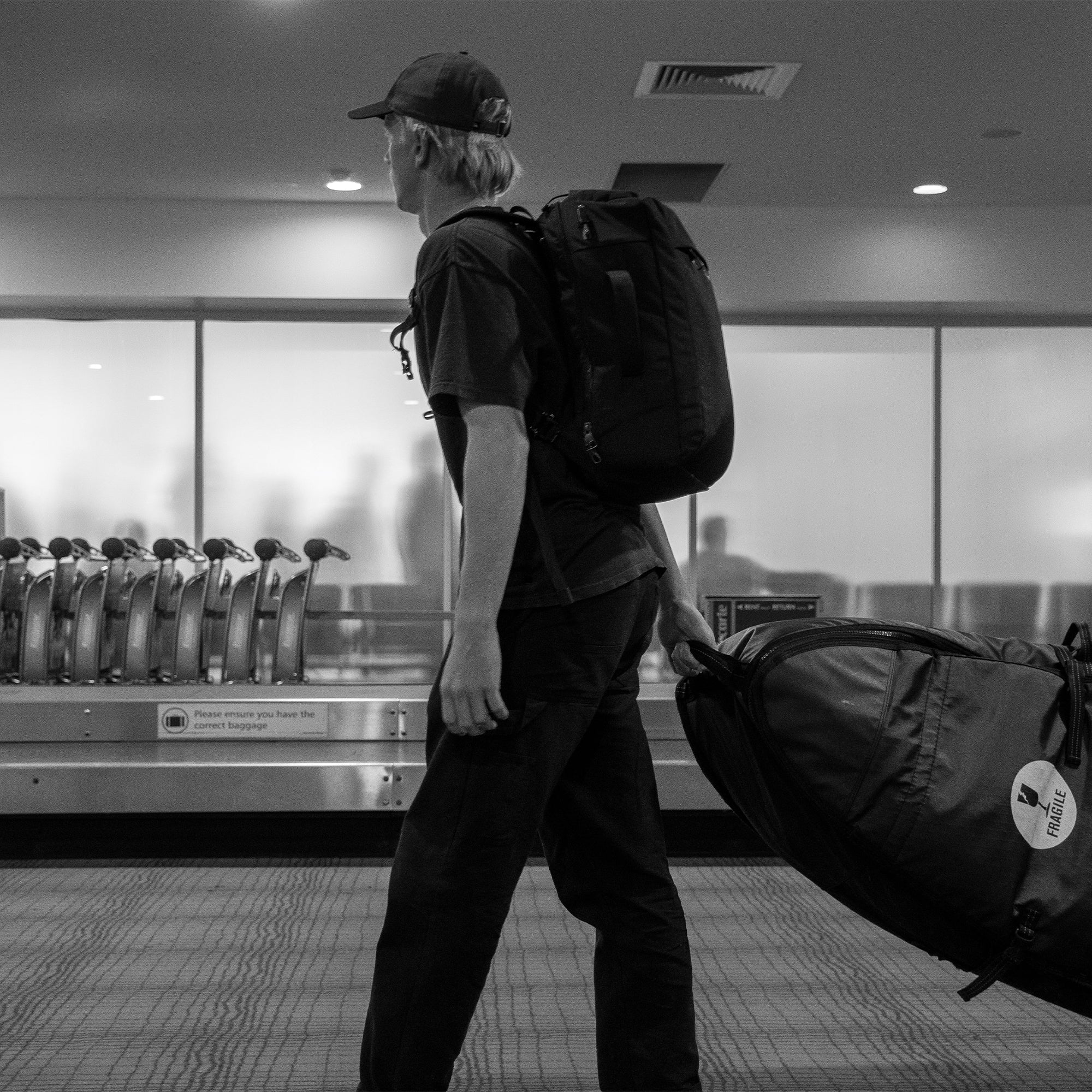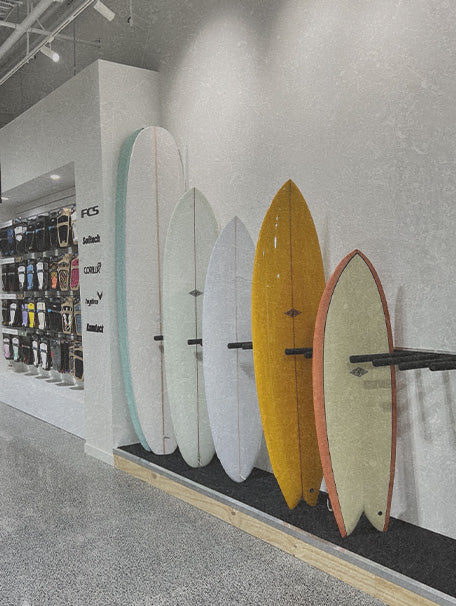The M/V Milo may be best known for ferrying surfers along Alaska’s wild coastlines, but in between chasing swells it turns into a remarkably efficient fishing platform. The same deck space that’s crowded with boards and wetsuits one moment can be cleared for rods and reels the next, and what we pulled from the water was every bit as memorable as the waves.
Simple Tools, Big Results
We brought along both the Alvey Captain Orca and the Alvey Captain Pilot reels, and they quickly proved themselves indispensable. Fishing aboard the Milo was less about waiting and more about action—drop the line, jig it a few times, and almost instantly, something would strike.
The Captain Orca shined when jigging deep for halibut and rockfish. It had the raw pulling power and durability we needed to haul up stubborn fish from the bottom, run after run. The Captain Pilot, on the other hand, excelled when casting for silver salmon closer to the surface. Its smooth handling and quick retrieve made it easy to stay in the fight when a silver turned and ran hard across the current.
Both reels felt purpose-built for Alaska—rugged, reliable, and simple enough for anyone on board to use. Out here, where salt spray and heavy use punish every piece of gear, that kind of dependability is worth its weight in fish.
Silver Salmon & Bottom Fish
The stars of the catch were silver salmon and halibut, but the real fun came with bottom fishing. We spent hours jigging for lingcod, rockfish, and halibut—dropping lines deep and working them steadily until something heavy latched on. Lingcod hit with sudden aggression, rockfish came up in flashes of red and orange, and halibut fought with that slow, grinding resistance that turned every lift of the rod into a workout.
The Captain Orca made short work of the halibut, its torque built for heavy lifting. For silvers, the Captain Pilot kept the fight lively but manageable, especially when fish darted and leapt in open water. Between the two reels, we had the full range covered—deep water power and surface finesse.
At times we caught so many fish that we had to start tossing them back, keeping only what we needed for dinner. The variety made it exciting—you never knew what you were about to reel in until the fish broke the surface.
Alaska Wilderness Safari
Our time aboard the Milo showed us one side of Alaska’s fishing, but the wilderness offered another. On the Pacific coast of the Alaska Peninsula, Alaska Wilderness Safari (AWS) sits in a place so remote it feels like the edge of the world. The camp is tucked where river, ocean, and mountains converge, and each morning outside the tent delivers a scene worth pausing for: the Pacific rolling on one side, a salmon-rich estuary stretching out front, and forested ridgelines climbing toward a glacier-capped peak on the other. Nearby, Harley’s Hill—a volcanic spire reminiscent of Devil’s Tower—rises abruptly from the landscape, a landmark as striking as the fishing itself.
The home river, only steps from camp, sees a massive run of silver salmon, all within easy walking distance. Surface poppers and streamers both proved deadly, and we caught silver after silver until our arms ached. A smaller creek nearby offered endless Dolly Varden, while a short walk to the ocean beach brought us to salmon cruising the shoreline in saltwater.
Catching silvers here was a different world from the Milo—on the boat we fought them in the open ocean, wild and thrashing against deep water; at AWS we met them face-to-face in clear rivers, where every strike felt immediate and electric. Two versions of the same fish, each unforgettable in its own way.
Days here followed the rhythm of the water: walking the home stream for silvers, hiking into the upper reaches for Dollies, or pacing the tide line for ocean-bright salmon. All the while, guides shadowed us with rifles slung over their shoulders—a reminder that this is bear country through and through. It was wild, untamed, and stripped to the essentials: fish, water, and wilderness.
Even in Alaska, where fishing stories are already the stuff of legend, AWS stood out—a place that lingers long after you leave its rivers.
From Ocean to Grill
Evenings on the Milo became celebrations of the day’s catch. Mike or Wendy would take the fish straight from the cooler to the grill, and within minutes we were eating the freshest salmon, halibut, or lingcod imaginable. The taste was clean, smoky, kissed by the salt air—impossible to replicate anywhere else.
It was less about abundance and more about connection. Fishing wasn’t just a way to fill plates; it was a way to inhabit the place more fully, to take part in its cycles. Each fish caught and cooked reinforced the sense that Alaska gives generously if you meet it on its terms.
The Other Side of the Adventure
Surfing may have brought us to the Aleutians, but the fishing deepened the trip. It slowed us down, gave us new ways to interact with the ocean, and reminded us that adventure doesn’t always come wrapped in a wave. Sometimes it comes at the end of a line—jigging for bottom fish aboard the Milo, grilling salmon on deck, or wading into a wilderness river on the Alaska Peninsula with AWS guides close at hand, watching for bears.
Experiencing both sides—the Milo’s deep-sea fishing and AWS’s riverbank angling—gave us the full spectrum of Alaska. Out on the boat, the fight was raw and powerful, silver salmon tearing against the pull of deep water. On the river, the connection was immediate and electric, every strike visible in the clear current. Together, they painted a complete picture of what makes fishing here legendary: variety, abundance, and wildness at every turn.
In every case, the outcome was the same: immersion in the raw, abundant world of Alaska. And with the right tools in hand—the Alvey Captain Orca for power and the Alvey Captain Pilot for finesse—the line between work and play all but disappeared.

